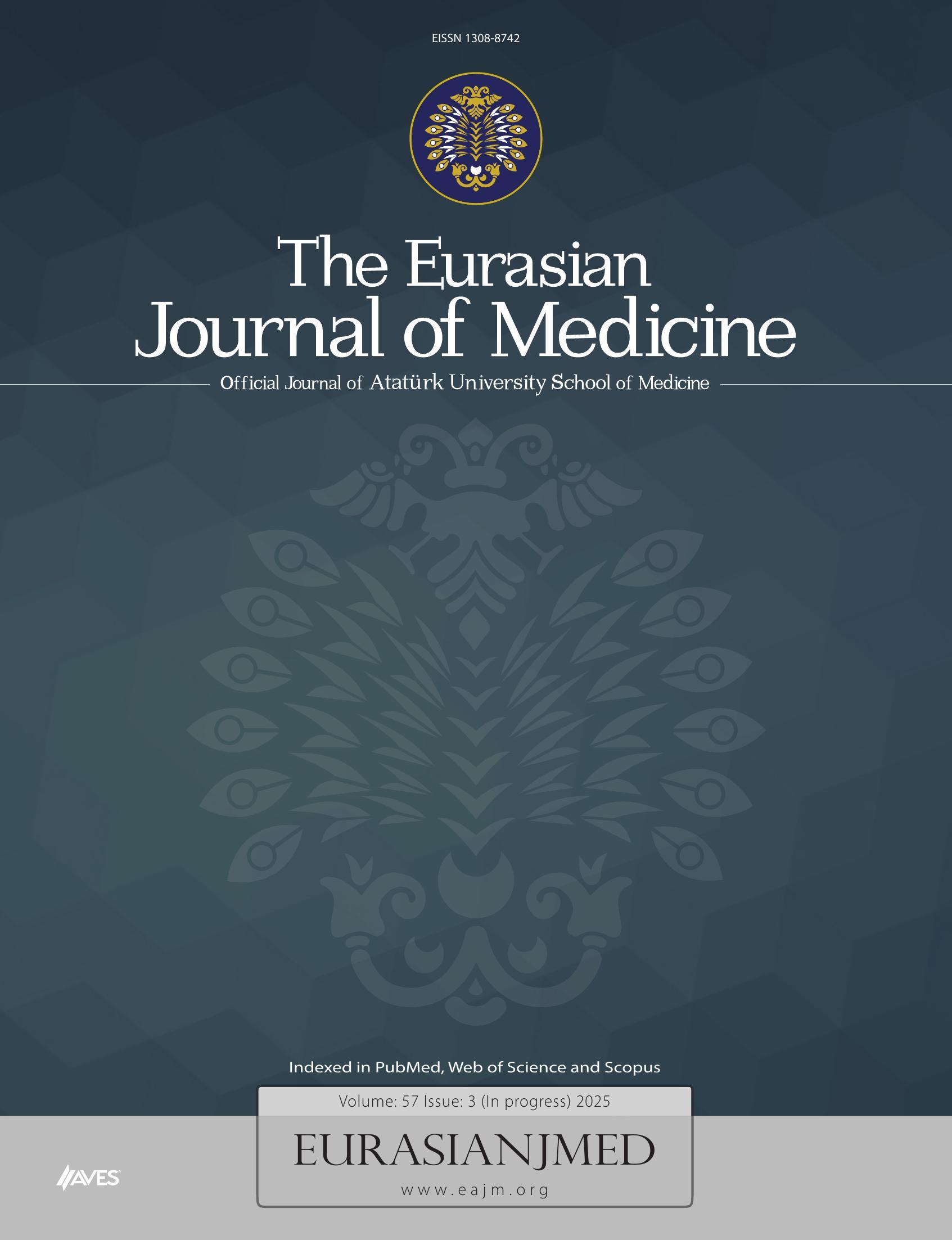Abstract
Objective: Behcet's disease (BD) is a multi-systemic vasculitis characterized by a relapsing and remitting, rather than a persisting, disease course. It is thought that BD activity decreases as the age of the afflicted individual increases. Furthermore, disease severity is reported to be greater in individuals that first present with the disease at a young age. This study investigates the association between disease activity scores and both the current ages of BD patients and patient age at disease onset.
Materials and Methods: Fifty patients with BD participated in this study. The gender, age, and age at disease onset of each patient was recorded. A BD Current Activity Form (BDCAF) was used to assign a clinical disease activity score for all enrolled patients. The participants were divided into subgroups according to 1) their current ages and 2) their ages at the onset of BD disease. In addition to BDCAF scores, erythrocyte sedimentation rates (ESR) and C-reactive protein (CRP) levels were compared across groups. Statistical analyses were performed using one-way ANOVA.
Results: The mean patient age and the mean patient age at the time of disease onset were 34.68±9.71 and 26.10±7.07 years, respectively. Patients that were younger than 30 years of age exhibited significantly higher rates of oral ulceration and arthralgia, and had higher total BDCAF scores than patients that were older than 40 years of age (p=0.038, p=0.020, and p=0.026, respectively). Patients who developed BD before their twentieth year showed significantly higher total disease activity scores than patients in the oldest age at disease onset group (p < 0.05). No significant difference was observed in ESR and CRP levels between groups.
Conclusion: Our results demonstrate that younger BD patients and patients that first present with disease symptoms at a younger age have higher disease activity scores. Our results reinforce the importance of considering the age at disease onset when clinically treating individuals with BD.

.png)


.png)
.png)